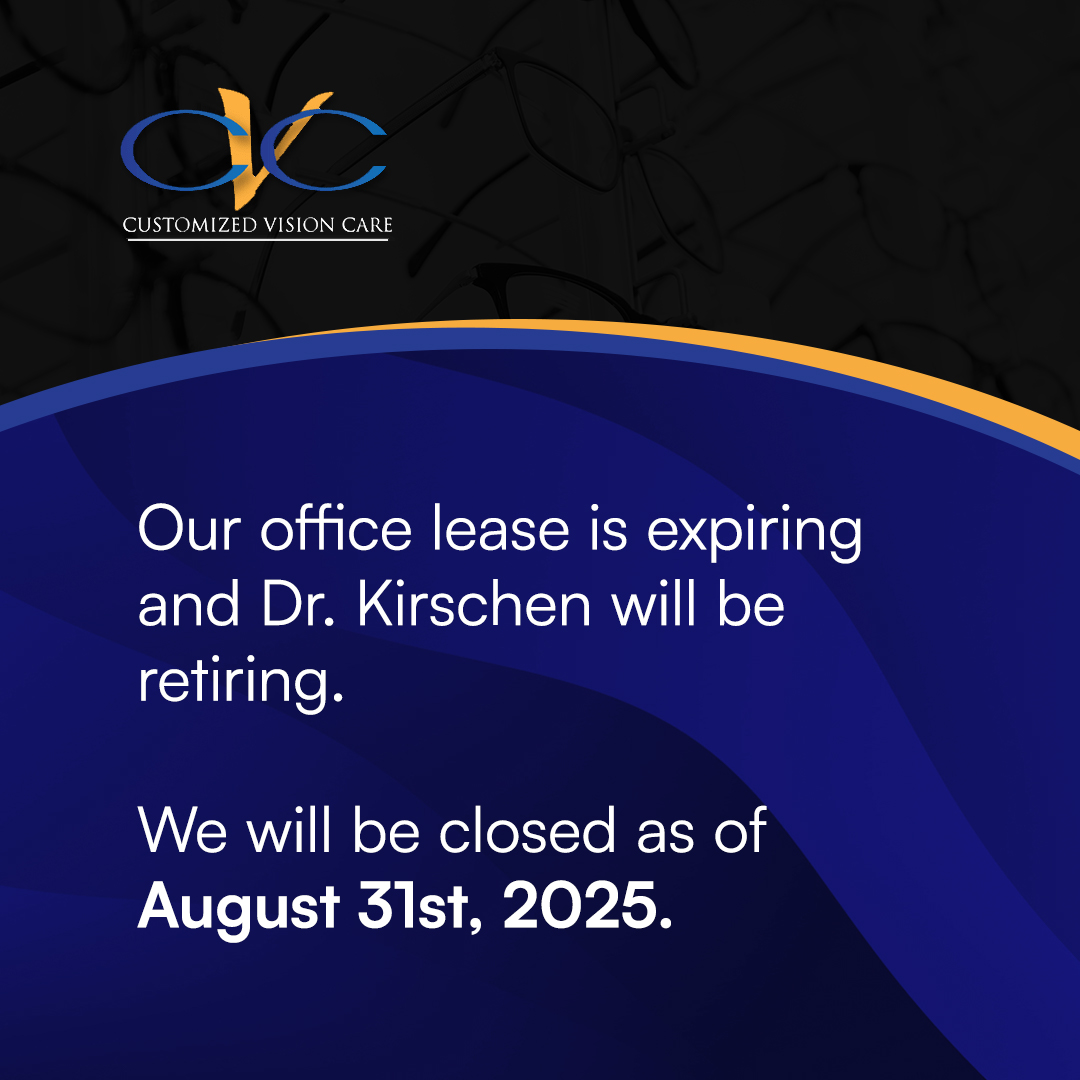Optical biometry is a highly advanced, non-invasive method used for measuring the anatomical parameters of the eye. The optical biometer is a medical device that measures the length of the eye and other characteristics that are important for determining the optimal power of an intraocular lens implant (IOL) for cataract surgery. Optical biometry is an essential step before cataract surgery, and this technology is a significant advancement in the field of ophthalmology as it allows for highly accurate and precise measurements of the eye. Before optical biometry, ophthalmologists used ultrasound biometry to obtain these measurements, which was invasive, uncomfortable, and required significant training for the medical professional performing the exam. The optical biometry technologies available today have made it much easier to gather these measurements, improving their accuracy and greatly reducing patient discomfort.
The optical biometer works by using optical coherence tomography (OCT) to measure the length of the eye. OCT is a non-invasive imaging technique that uses light waves to create highly detailed images of the structures within the eye. Optical biometer technology utilizes a low-coherence interferometry (LCI) method to measure the axial length of the eye by using a low-energy laser beam and measuring the time it takes for the beam to travel through the eye and bounce back. The resulting time is used to calculate the axial length of the eye.
In addition to measuring the axial length of the eye, the optical biometer can also measure the curvature of the cornea, the thickness of the lens, and other important values. These measurements are used to determine the optimal power of an IOL for cataract surgery. The IOL is a synthetic lens that is implanted in the eye to replace the natural lens that is removed during cataract surgery. The optical biometer helps to ensure that the IOL power is accurately calculated, which improves the patient's visual outcome and reduces the need for glasses or contact lenses after the surgery.
One of the significant advantages of using optical biometry is the high level of accuracy and precision. Biometers can measure the length of the eye to within a few microns, which is an incredibly high level of accuracy. Another advantage of optical biometry is that it is non-invasive…the process is painless, safe, and does not require any contact with the eye. With its many advantages, optical biometry will remain the standard for ophthalmologists who perform cataract surgeries for years to come








